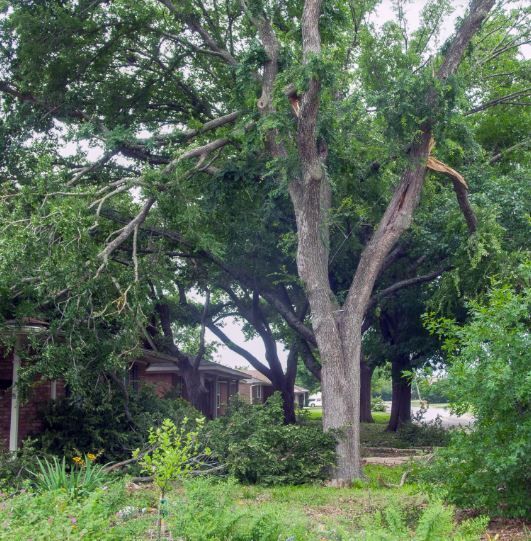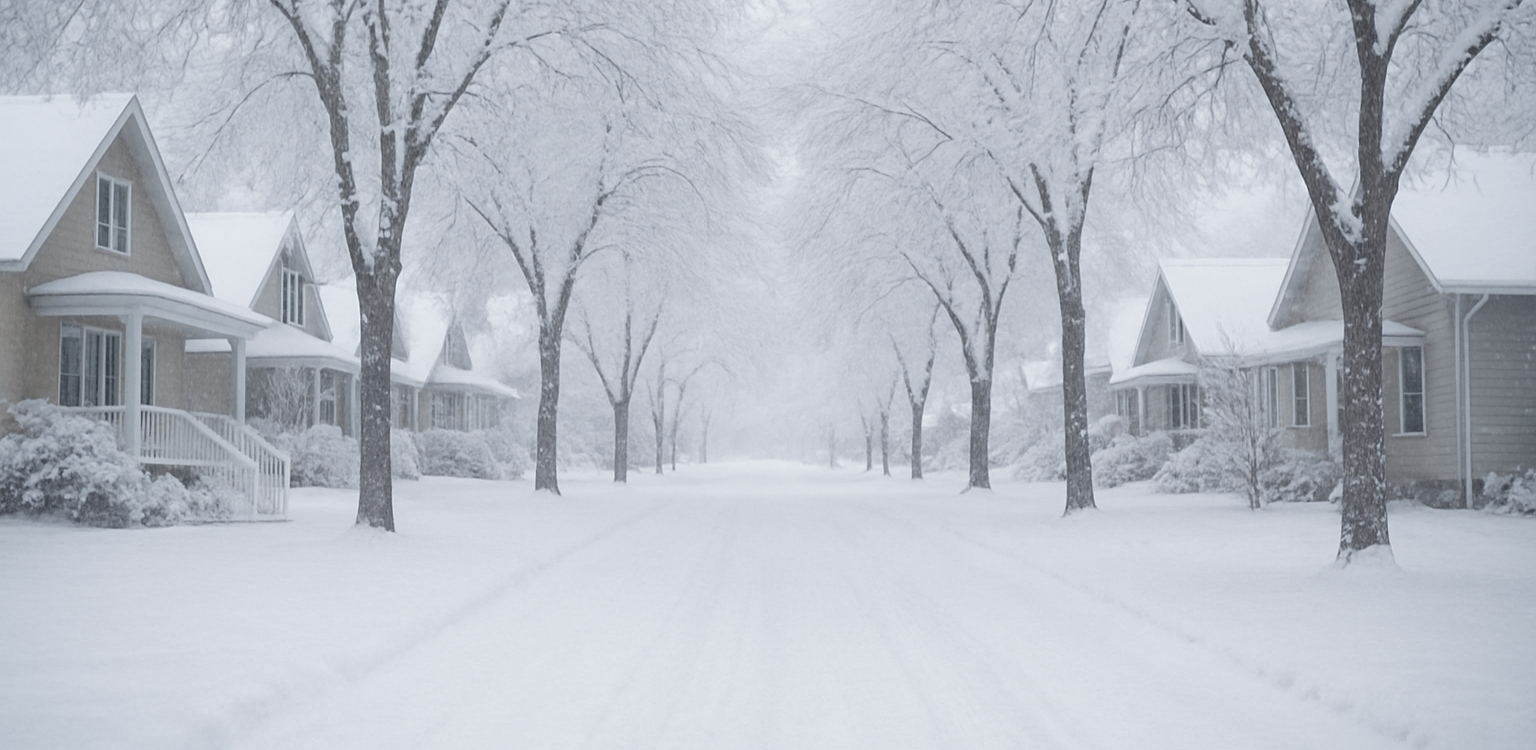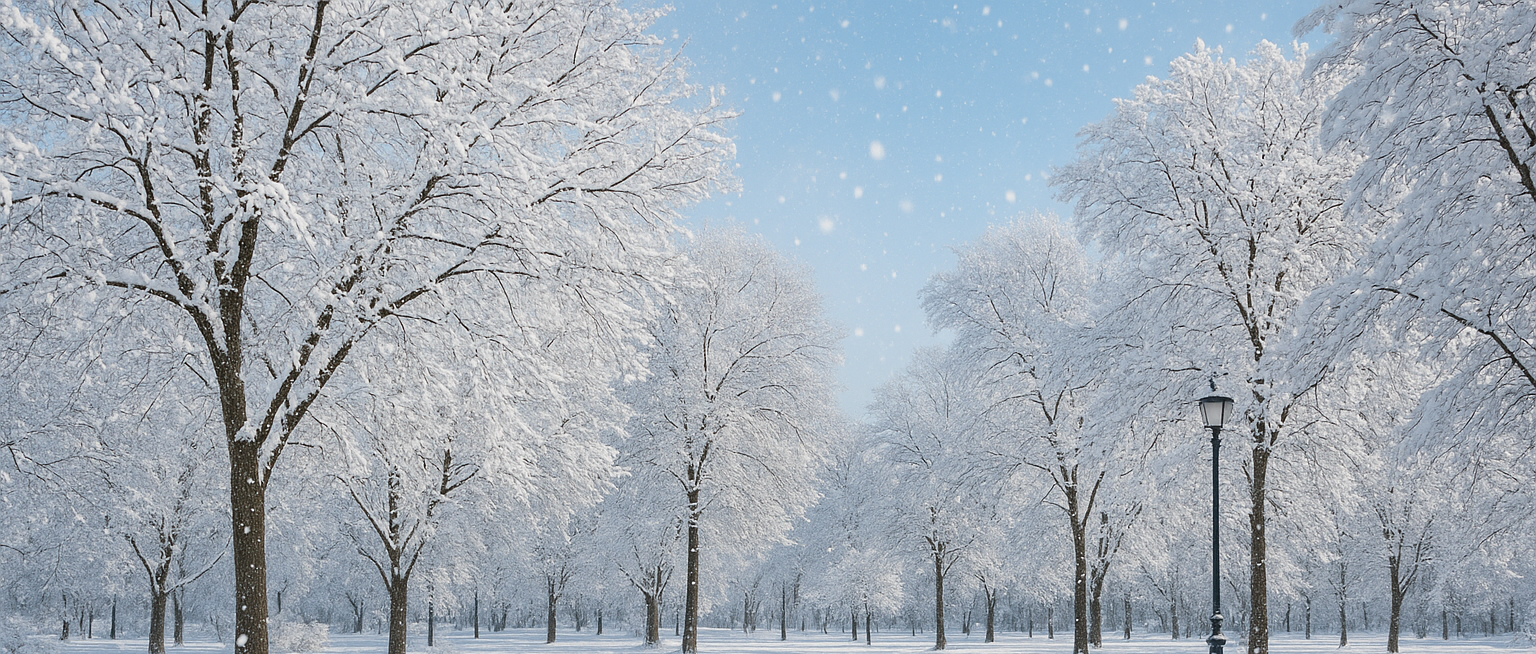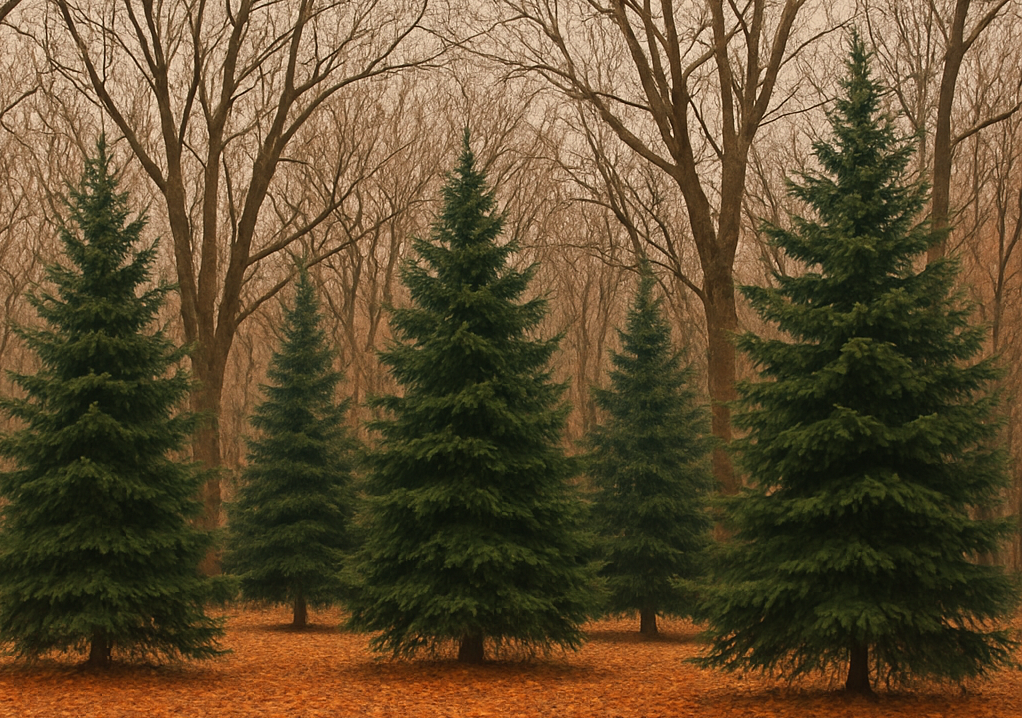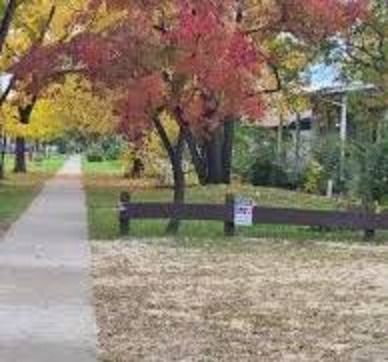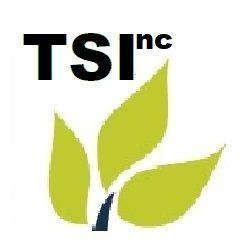Signs Your Tree Needs Professional Attention: When to Call an Arborist for Help
Trevor Soltys & Paul Kasper
Trees are more than just beautiful additions to our landscapes—they provide shade, improve air quality, and even boost property value. But like any living organism, trees can suffer from disease, damage, and decline. While some issues are easy to spot, others require a trained eye. Knowing when to call a certified arborist can make the difference between saving a tree and removing it entirely.
Here are some key signs that your tree may need professional attention:
1. Visible Dead or Dying Branches
One of the most obvious signs of trouble is the presence of dead or dying branches, especially in the upper canopy. These limbs can become brittle and fall unexpectedly, posing a serious safety hazard. If you notice large sections of your tree that are bare or have brown, withered leaves during the growing season, it’s time to call an arborist.
2. Cracks or Splits in the Trunk
Deep cracks, vertical splits, or cavities in the trunk can indicate structural weakness. These issues may be caused by storm damage, internal decay, or past pruning mistakes. A compromised trunk can make the tree unstable, increasing the risk of it falling during high winds or heavy snow.
3. Fungal Growth at the Base
Mushrooms or conks growing around the base of a tree are often signs of internal rot. While not all fungi are harmful, many indicate that the tree’s root system or lower trunk is decaying. An arborist can assess the extent of the damage and determine whether the tree can be treated or needs to be removed.
4. Leaning or Unstable Posture
A tree that suddenly starts leaning or appears to be shifting in the soil may have root damage or poor anchorage. This is especially concerning if the lean is recent or accompanied by cracked soil or exposed roots. A professional can evaluate the tree’s stability and recommend corrective measures, such as cabling or bracing.
5. Excessive Leaf Loss or Discoloration
If your tree is losing leaves out of season or the foliage is turning yellow, brown, or spotted, it could be suffering from disease, pest infestation, or environmental stress. While some leaf drop is normal, especially in autumn, sudden or severe changes in foliage health should be investigated.
6. Signs of Pest Infestation
Boring insects, such as emerald ash borers or bark beetles, can cause significant damage to trees. Look for small holes in the bark, sawdust-like material at the base, or unusual patterns in the wood. An arborist can identify the pest and recommend treatment options to prevent further harm.
7. Root Problems
Roots are the unseen foundation of a tree’s health. Signs of root issues include heaving soil, exposed roots, or a tree that appears to be lifting out of the ground. Construction damage, poor drainage, or compacted soil can all impact root health. A certified arborist can diagnose these problems and suggest solutions to support the tree’s recovery.
Why Call an Arborist?
Certified arborists are trained in the science of tree care. They can diagnose diseases, assess structural integrity, and recommend safe and effective treatments. Whether it’s pruning, pest control, or tree removal, an arborist has the tools and expertise to handle the job safely and responsibly.
Final Thoughts
Trees are resilient, but they’re not invincible. Paying attention to the warning signs and acting early can prevent costly damage and preserve the beauty and safety of your landscape. If you notice any of the symptoms above, don’t wait—reach out to a professional arborist and give your tree the care it deserves.
